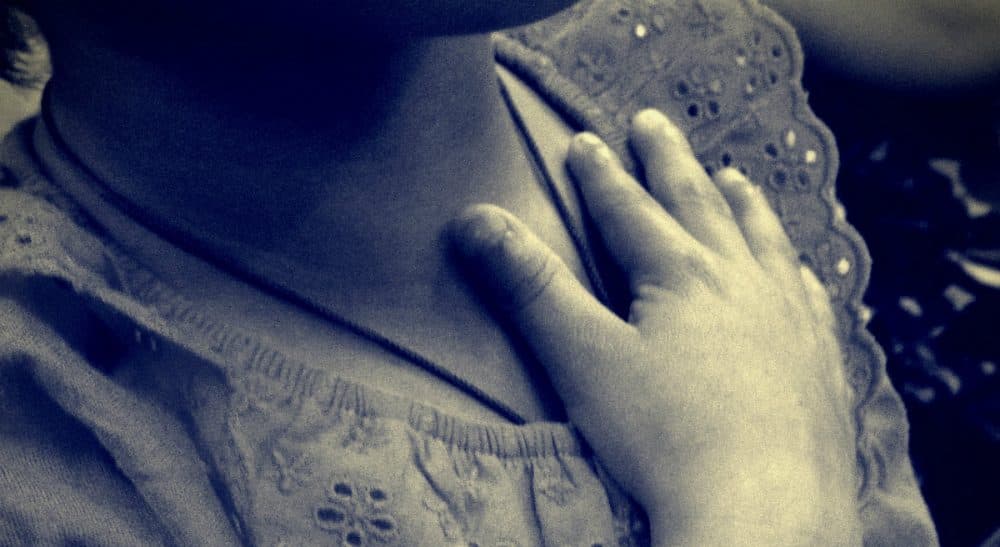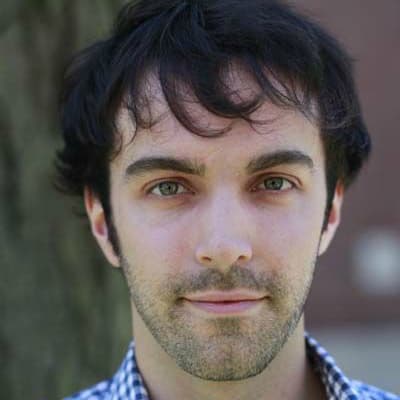Advertisement
'The American People': A Useful Fiction

In "Letters from an American Farmer," published in 1782, the French-American writer John Hector St. John de Crèvecœur raised a question everyone in this country is still trying to answer. “What then is the American, this new man?”
Unlike Europeans, this new species couldn’t be defined by its ethnicity: “I could point out to you a family whose grandfather was an Englishman, whose wife was Dutch, whose son married a French woman, and whose present four sons have now four wives of different nations.” The absence of any common blood, common religion, or even common language was what made the American new — and what made defining him difficult.
The centuries-long conversation about what an American person is has always been, really, a conversation about what an American country should be.
In her recent Cognoscenti post, “Who Are ‘We The People’?,” Wendy Kaminer revisits the old Crèvecœurian question, attacking the cynicism of politicians who speak sanctimoniously of a generalized “American people” even while pushing platforms machine-tooled to fit hyper-particular demographic tranches. Against their rhetoric of unity, she reminds us that we inhabit a nation of over 300 million deeply divided in every conceivable way. “Two hundred years ago a smaller, simpler nation could, perhaps, have claimed a common culture. But that nation no longer exists.”
Except, as Crèvecœur reminds us, it never existed. Since the earliest European settlement, the question of what makes Americans American has been a national obsession. It obsessed the Puritans when "Americans" were a handful of European religious refugees. It obsessed the Constitution’s framers when "Americans" were a loose network of uncooperative business concerns. It obsessed the “Americans” who fought in the Civil War for two different "Americas." It obsessed those observing the rush of immigrants in the early 20th century. And it continues to obsess us today as the notion of a homogenous white "majority" obsolesces.
The question has obsessed us not because we’ve ever hoped to answer it, but because it’s such a useful question. When Kaminer dismisses “political bromides about an imaginary national character,” she is dismissing the debate at the center of American history. As Crèvecœur realized, it was precisely the lack of a common American character that made the question fruitful, since any answer had to come not from identity, but from ideas: “The American is a new man, who acts upon new principles; he must therefore entertain new ideas, and form new opinions.” The centuries-long conversation about what an American person is has always been, really, a conversation about what an American country should be.
One of the most forceful participants in this conversation was the journalist Randolph Bourne, who picked up Crèvecœur’s thesis and expanded it into a full-blown American mission statement. In his 1916 essay “Trans-National America,” Bourne surveyed the polyglot crowds of industrial urban America and concluded, with Kaminer, that “There is no distinctively American culture.” This only spurred him, though, to think harder about what national purpose could possibly encompass so many different backgrounds. The answer he proposed was a vision of America as the incubator for a future race of true global citizens. “America is coming to be, not a nationality but a transnationality.” Just as the first World War was demonstrating the bloody limits of nationalist culture, America’s lack of one suggested an escape.
Precisely because we’ll never pin her down, the question of who [America] is opens up into a dialogue about how people should organize and conduct their lives in common.
The question became even more urgent after World War II, when the rest of the world wondered who, exactly, was suddenly running things. In his phrase-coining 1941 essay “The American Century,” Henry Luce picked up where Bourne left off, arguing that its heterogeneity made American culture universally appealing. For the playwright Thornton Wilder, on a postwar goodwill tour of Europe, America’s diversity made the American “the first planetary mind.” For the novelist Ralph Ellison, the complexity of American society became an enduring obsession, a kind of moral challenge: “Bonded by the democratic ideal, we identify with each other as members of a single nation, but we also share the guilt which arises from our endless contentions.”
Yes, it’s embarrassing when politicians try to sweep those contentions under that handy rug, “the American people.” But Kaminer is wrong to suggest closing the subject. When a politician like Barack Obama speaks of “one American family” or a writer like Toni Morrison examines that family’s existential rifts, both are participating in our long national chat with that most instructive of imaginary friends, the American. Precisely because we’ll never pin her down, the question of who she is opens up into a dialogue about how people should organize and conduct their lives in common.
“The American people” aren’t who we are, they’re who we want to be.
